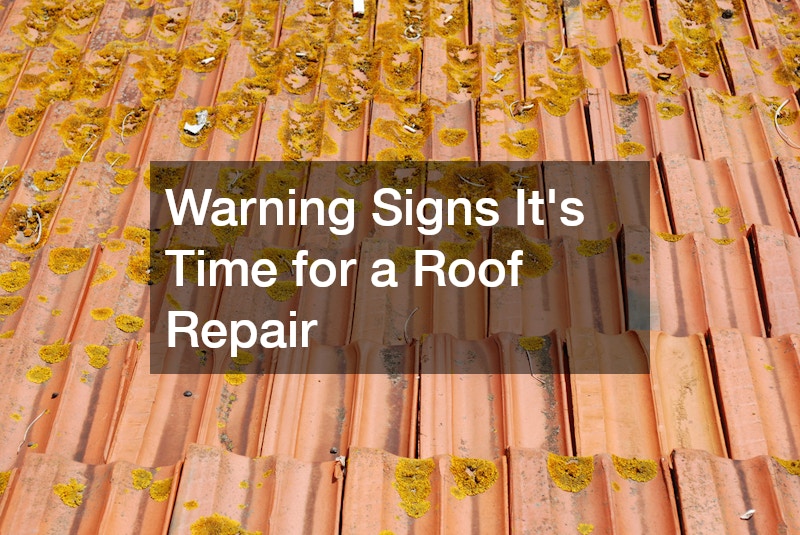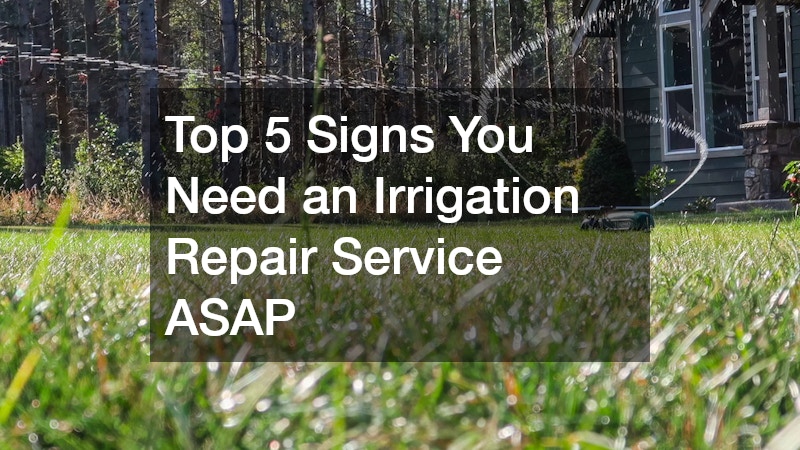
The roof is one of the most critical components of any home, safeguarding it from the elements and providing structural integrity. However, like any part of a house, it can suffer wear and tear. Identifying the early warning signs can prevent further damage and costly repairs. This article explores the most common indicators that it’s time for a roof repair.
What are the Common Signs of Roof Damage?
Inspecting Shingles
Checking the condition of your shingles is one of the first steps in evaluating your roof’s health. Cracked, curled, or missing shingles can expose the underlying material, which may lead to leaks and further structural damage.
Regular maintenance and replacement of damaged shingles can prevent these issues from escalating, ultimately saving you time and money.
Additionally, granule loss on asphalt shingles can indicate aging. When granules are found in gutters or around your home’s perimeter, it suggests that the shingles are nearing the end of their lifespan. Identifying this early can help you decide if a full replacement is necessary.
Moreover, environmental factors such as intense sunlight and heavy rain can accelerate shingle deterioration. For homes in regions with extreme weather conditions, it’s essential to conduct more frequent inspections. Keeping an eye on your shingles will help maintain the roof’s integrity over the long term.
Looking for Water Stains
Water stains on ceilings or walls can be a clear indicator of a roof leak. These stains are often brown and irregularly shaped, signifying moisture infiltration through the roof. Ignoring such signs can lead to severe interior damage and mold growth, which poses health risks to the occupants.
Furthermore, it’s important to note that water stains may not appear directly below the leak. Water can travel along roof planes and beams before manifesting as a visible stain inside the home. Employing moisture meters or infrared cameras can help detect unseen damage and potential leaks.
Addressing water stains promptly can help mitigate more extensive repairs. This includes inspecting attic spaces for moisture, which often accompanies visible stains. It’s advisable to repair these issues quickly to ensure the longevity of the roof and protect the home’s interior.
Checking for Sagging Areas
A sagging roofline is a strong indicator of more serious underlying issues. This can result from prolonged exposure to moisture or structural inadequacies. Identifying and addressing sagging areas in a timely manner can prevent further deterioration and potential roof collapse.
How Often Should You Inspect Your Roof?
Regular Bi-Annual Inspections
Homeowners are advised to conduct bi-annual roof inspections in the spring and fall. These periods allow you to evaluate any damage caused by winter storms or summer heat. By following this inspection schedule, you can address minor issues before they become major concerns.
Bi-annual inspections also help account for seasonal changes that may affect roof materials. For instance, intense summer heat can cause rapid deterioration, while freezing winter conditions might initiate cracks or leaks. Identifying these changes early can significantly extend the roof’s service life.
These regular inspections not only focus on the roof’s exterior but also include assessing attics and interior spaces for potential leaks. Finding issues like damp insulation or compromised structures improves the chance of catching problems before they escalate. Homeowners should consider this a vital part of their home maintenance routine.
After Severe Weather Events
Severe weather events such as storms, heavy winds, and hail can inflict immediate and significant damage on roofs. After such events, assessing your roof’s condition is crucial to prevent any lingering problems that may arise. Even if the damage appears minimal, there could be hidden issues that warrant careful examination.
After a severe weather event, it’s important to look for signs like missing shingles, dents, or debris collection on the roof. These are red flags indicating potential areas of weakness that may worsen over time. Hiring a professional roofer after such events ensures that even minor damage is addressed appropriately.
Insurance claims often rely on timely and accurate damage assessment. Documenting any roof damage with photos and notes is essential for reporting purposes. Timely inspection and repair can also facilitate smoother communication with insurance companies, aiding in effective claim processing.
Regularly inspecting your roof and recognizing the warning signs of damage can significantly extend its lifespan and prevent costly repairs. By staying vigilant and addressing issues promptly, you can ensure your home’s roof remains strong and reliable for years to come. Remember, proactive care and professional insights are key to maintaining a robust roofing system.
.



